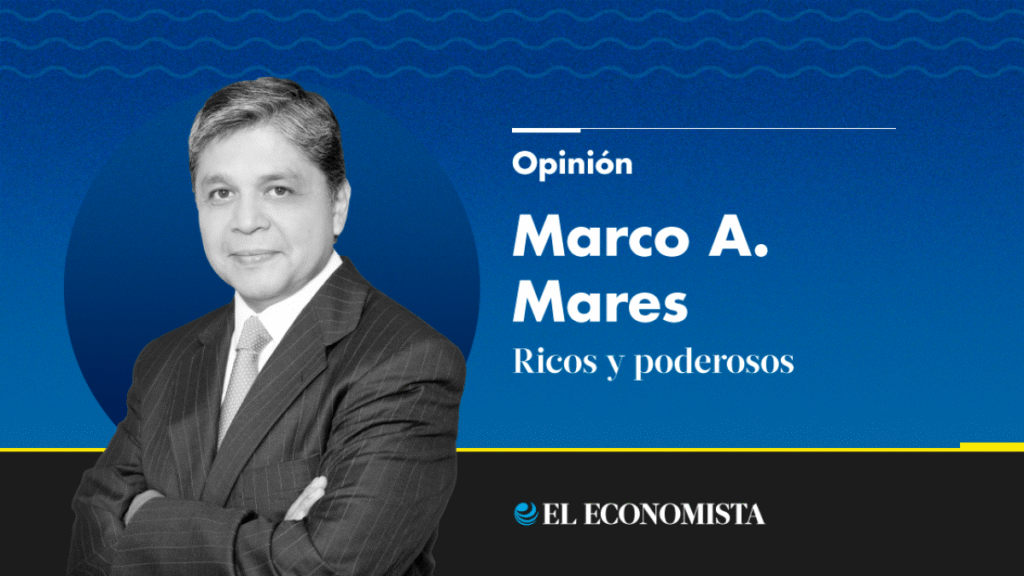Introduction
On August 5, 2025, Mexico City’s President Claudia Sheinbaum will shape her administration’s financial future by presenting the Strategic Plan for Strengthening Petróleos Mexicanos (Pemex) 2025-2035.
Background on Pemex
Pemex, Mexico’s state-owned petroleum company, has faced significant challenges. It remains the most indebted oil company globally, with a gross financial debt of $98.8 billion as of the second quarter of 2025. Although this debt has decreased, it still poses a considerable burden.
Under the previous administration, efforts focused on strengthening Pemex through increased production targets and achieving energy sovereignty. However, oil production fell to 1.5 million barrels per day by the end of 2024, and energy independence remained unattained.
The government allocated around 6.1% of the GDP, approximately 2.1 trillion pesos, in support for Pemex from 2018 to 2024. This included direct transfers and tax exemptions, yet Pemex still reported losses of 1.3 trillion pesos during this period.
The strategy prioritized refinery projects, such as the Olmeca (Dos Bocas) refinery, acquisitions like Deer Park, and modernization of the National Refining System. Despite these efforts, Pemex continued to incur substantial losses in refinery operations.
Sheinbaum’s Approach
In her government, Claudia Sheinbaum has maintained a similar scheme emphasizing refinery development, rejecting energy openness, and increasing government participation.
In November 2024, she introduced a new tax regime for Pemex and implemented the Petroleum Benefit Right with a 30% rate for crude oil and an 11.63% rate for associated gas.
Her goal is to streamline taxation, improve productive and operational efficiencies, and enable Pemex to allocate more income towards strategic functions.
Sheinbaum has underscored Pemex’s importance as a strategic state company while preserving national sovereignty and promoting mixed contracts benefiting indigenous communities.
There is considerable anticipation regarding these mixed contracts, with both Pemex and the government reporting high interest from domestic investors.
The Strategic Plan for 2025-2030
In February of the previous year, Pemex unveiled its Work Plan 2025-2030. The plan aims to achieve 1.8 million barrels of oil production per day during the six-year term, ensure affordable gasoline and diesel supply, strengthen refining systems, and continue financial support for Pemex.
Recent Financial Developments
Under Hacienda, led by Edgar Amador, Mexico successfully issued structured notes worth $12 billion for debt amortization and bank credits. This move was positively received by the Fitch rating agency.
While the operational model for Pemex is unlikely to change, given the Work Plan 2025-2030’s direction, anticipation remains for any new developments in the upcoming decade-long plan.
Key Questions and Answers
- What is the Strategic Plan for Pemex 2025-2035? It is a comprehensive blueprint presented by President Claudia Sheinbaum to guide Pemex’s financial and operational strategies for the next decade.
- Why is this plan significant? The plan’s success or failure will directly impact Pemex’s future, Mexico’s public finances, and the country’s overall economic stability.
- What challenges has Pemex faced? Under previous administrations, Pemex grappled with high debt levels, declining oil production, and unfulfilled energy independence goals.
- What is Sheinbaum’s approach to Pemex? Sheinbaum emphasizes refinery projects, maintains government control, and seeks to improve Pemex’s financial performance through tax reforms.
- What are the objectives of Pemex’s Work Plan 2025-2030? The plan aims to boost oil production, ensure affordable fuel prices, strengthen refining capabilities, and sustain financial support for Pemex.






